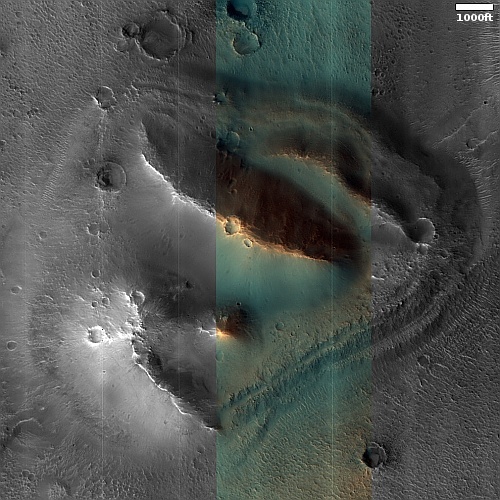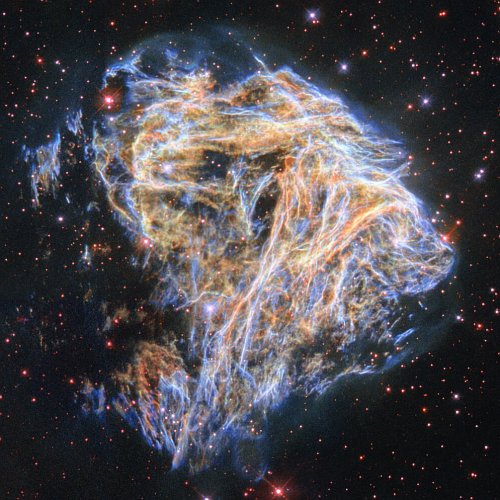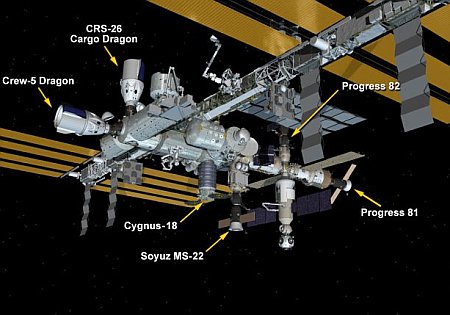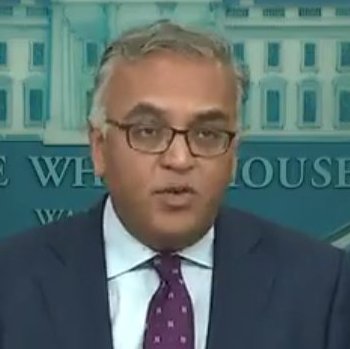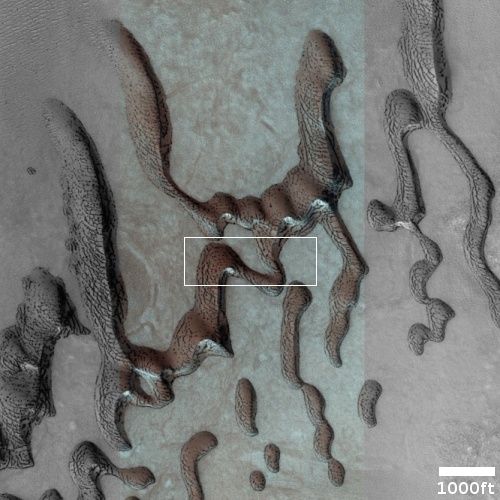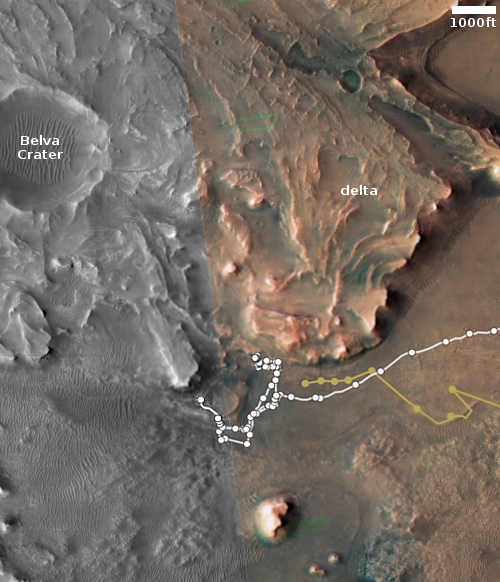SpaceX conducts successful static fire test of Superheavy
SpaceX today successful completed a 13-second static fire test of its Superheavy first stage booster at Boca Chica, Texas.
I have embedded the video of the test below, cued to just before ignition. The test fired eleven of the booster’s 33 engines, and appeared to go very smoothly.
The company is still moving steadily towards an orbital launch of Superheavy and Starship before the end of the year.
SpaceX today successful completed a 13-second static fire test of its Superheavy first stage booster at Boca Chica, Texas.
I have embedded the video of the test below, cued to just before ignition. The test fired eleven of the booster’s 33 engines, and appeared to go very smoothly.
The company is still moving steadily towards an orbital launch of Superheavy and Starship before the end of the year.

